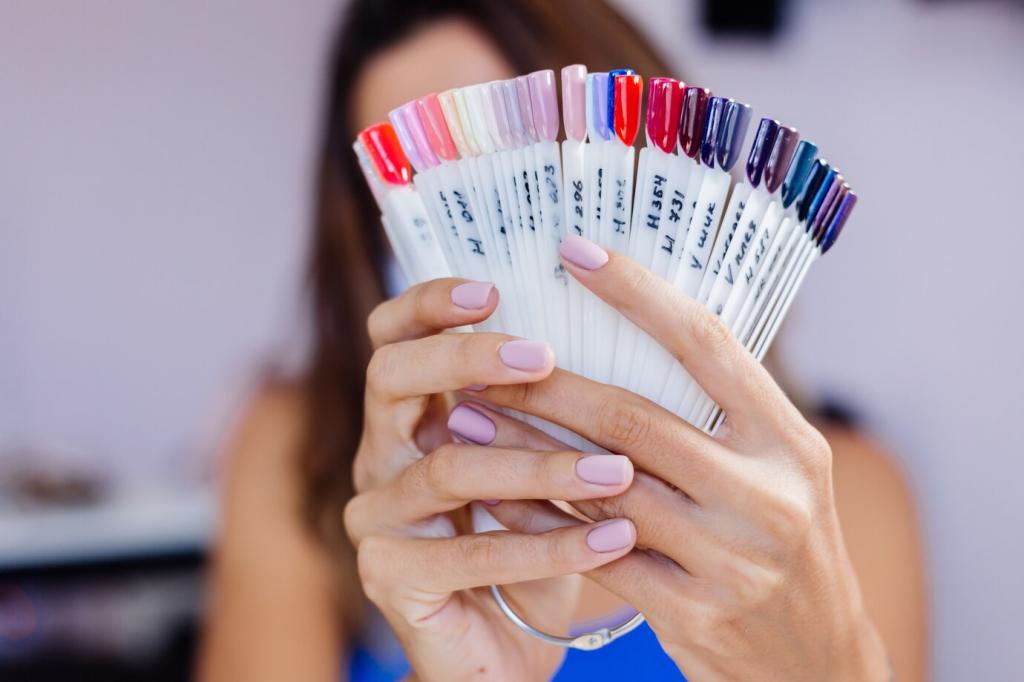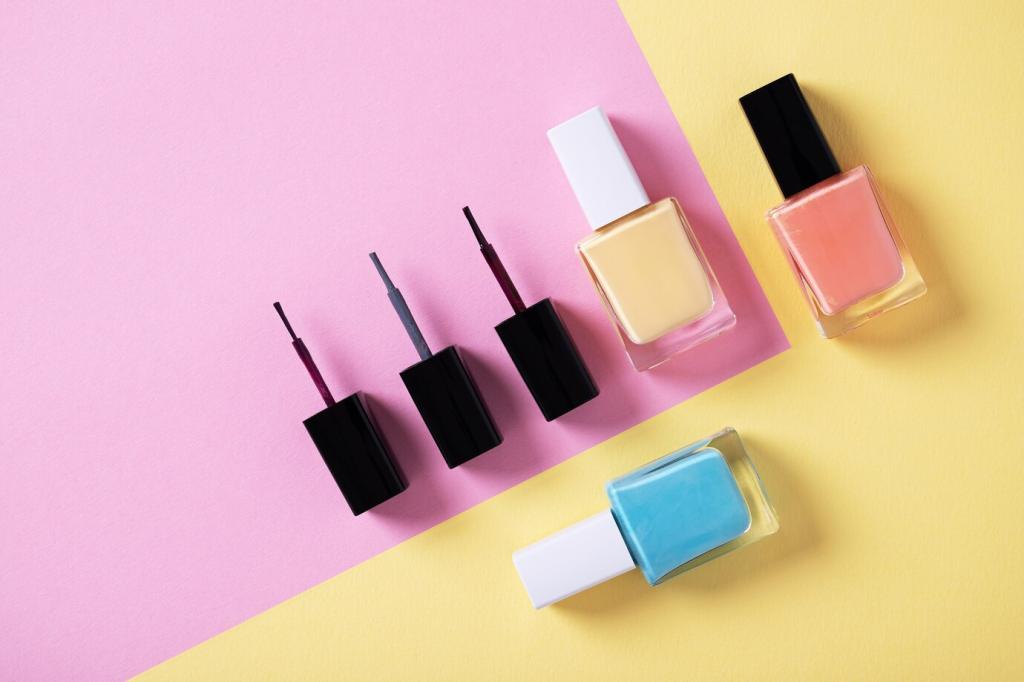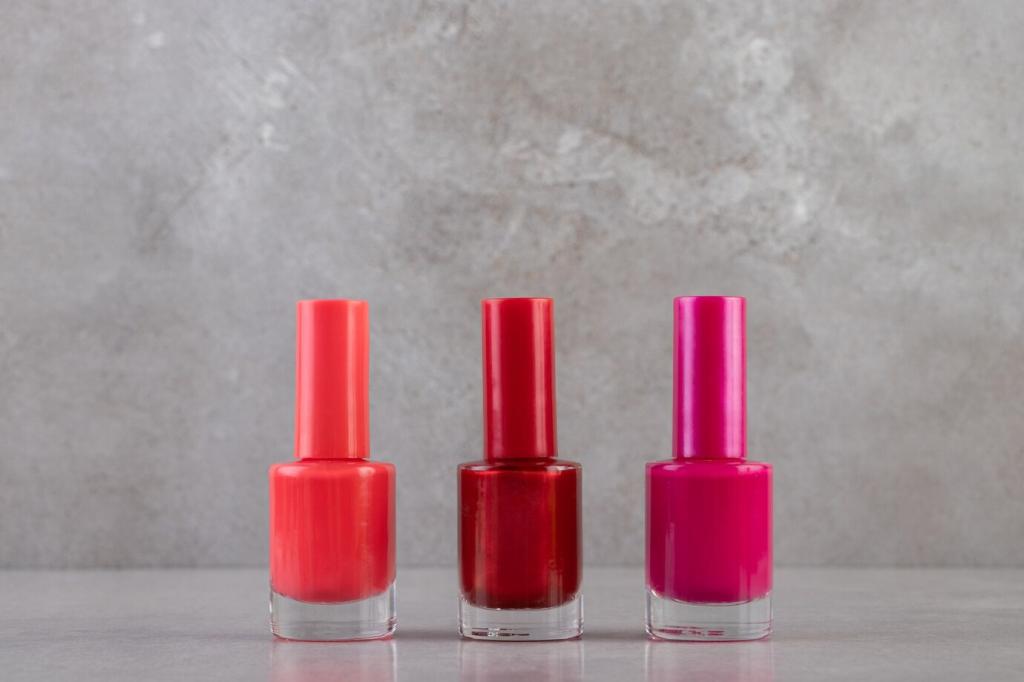Restoring Teak Furniture with the Right Polish
Teak contains natural oils and silica that resist moisture and pests, but can also complicate finishing. The right polish enhances this inherent resilience without suffocating the wood. Think of polish as a breathable jacket, not a plastic raincoat. When it harmonizes with teak’s oils, you get depth, luster, and protection that feels authentic, not artificial.

Preparation Makes Perfect: Cleaning and Assessing
Identify what’s already on your teak: an old oil, a wax layer, or a failing varnish. Lightly rub with mineral spirits; if residue lifts, you likely have oil or wax. If the surface flakes, it might be a film finish. Understanding the baseline helps you choose a compatible polish and avoid chemical conflicts that compromise adhesion and sheen.
Wash away grime with warm water, a mild detergent, and a soft brush. For sun-gray weathering, a teak-specific cleaner or a diluted oxalic acid solution can brighten the surface. Rinse thoroughly and let the wood dry completely. Patience here prevents trapped moisture under your polish. Share your before-cleaning photos and we’ll cheer on your progress step by step.
Light sanding refines the surface without erasing history. Work with the grain using 180–220 grit, finishing at 320 for a silky touch. Vacuum dust carefully and wipe with a lint-free cloth. Do not close pores with excessive burnishing. This gentle prep invites polish to bond evenly, revealing the teak’s ribbon-like figure with respectful clarity.

Choosing the Right Polish for Teak
Seek silicone-free formulas with natural waxes such as carnauba for hardness and beeswax for warmth. Microcrystalline wax can add scuff resistance. Avoid strong artificial gloss boosters that look plasticky on teak. A modest, buildable sheen showcases grain depth better. When in doubt, ask the community for brand recommendations that have stood the test of time.
Choosing the Right Polish for Teak
Apply a fingertip-sized dab of polish on the underside or back panel. Observe color shift, smell, drying time, and buff response. If the area turns gummy or streaky, reassess your prep or product choice. This small rehearsal can save an entire project. Share your test results in the comments to crowdsource smart next steps.
Choosing the Right Polish for Teak
Low-odor, low-VOC polishes make indoor projects kinder to your lungs and living spaces. Look for responsibly sourced waxes and recyclable packaging. Teak is a premium material; treating it thoughtfully includes environmental care. If you’ve found an eco-forward polish that performs beautifully, drop a note so readers can build a trusted list together.
Application Technique: From Dull to Deep Glow
Use a lint-free cloth to massage a very thin coat in small sections. Work with the grain to avoid cross-hatch marks that catch light awkwardly. Less is more: a whisper of wax penetrates and levels better than a heavy smear. Let it set per product instructions before buffing. This calm pace rewards you with an even, inviting sheen.

Weekly Care and Monthly Refresh
Dust with a microfiber cloth weekly, avoiding wet sprays that leave residue. Each month, apply a light maintenance polish to high-touch areas like table edges or armrests. This micro-upkeep prevents bigger overhauls later. If you track your routine in a note or calendar, share your cadence to help others adopt sustainable habits.
Seasonal Deep Love
Every three to six months, clean gently, inspect for water rings, and add a new thin coat where traffic is highest. This rhythm keeps the finish resilient without building heavy layers. If humidity swings in your region, adjust timing. Our readers from coastal towns—what schedule works best for you? Add your insights below.
Quick Fixes for Rings and Scuffs
For light water rings, try a warm, dry cloth and patient buffing before reaching for abrasives. For fine scratches, lightly sand with 320 grit, clean, then repolish that spot. Avoid aggressive remedies first. Document your fixes with photos to help others learn realistic expectations and celebrate small victories in everyday care.



Troubleshooting: When Things Don’t Go as Planned
If the surface stays gummy, you likely applied too much polish or didn’t let it set fully. Gently remove excess with a soft cloth lightly dampened with mineral spirits, let the piece rest, and reapply a thinner coat. Work in cooler, well-ventilated conditions. Tell us what climate you’re in, so we can help fine-tune drying times.

Troubleshooting: When Things Don’t Go as Planned
Blotches often come from uneven prep or dust trapped under wax. Lightly re-sand the affected area with 320 grit, clean meticulously, and reapply sparingly. Buff with fresh cloth sections to avoid re-depositing residue. Share your results and we’ll crowdsource tips for dialing in that consistent, velvety glow.
